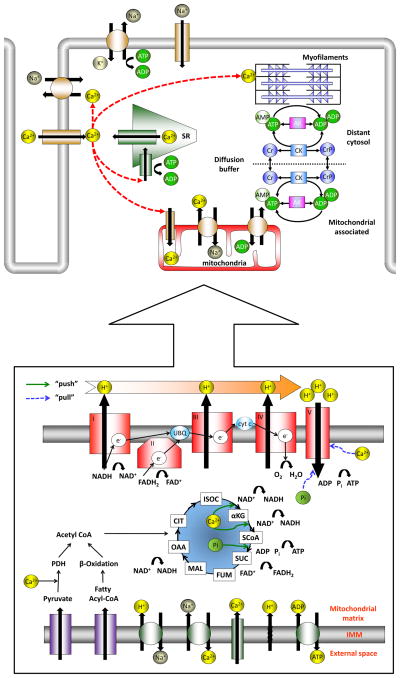Figure 1. Excitation-contraction-bioenergetics scheme in the heart.
Majority of ATP is consumed by SERCA, Na+/K+ pump and contractile myofilaments. “Shuttlelike” diffusion of ADP and ATP in the cytosol is facilitated by CK and AK systems. In the cytosol, glucose is transformed to pyruvate, and fatty acids are converted to fatty acyl-coenzyme A. Pyruvate and fatty acyl-coenzyme A are, in turn, transported across the inner mitochondrial membrane to the mitochondrial matrix and are converted to acetyl-coenzyme A (pyruvate is oxidized by PDH, and fatty acyl-coenzyme by β-oxidation) while creating NADH and FADH2. Acetyl-coenzyme A from both substrates is oxidized to carbon dioxide and water in the Krebs cycle, resulting in additional formation of NADH and FADH2. The redox-potential energy of these reducing equivalents is, in turn, harnessed by the electron transport chain (complexes I–IV). Electrons are supplied to complex I in the form of NADH, and to complex II in the form of FADH2. These redox electrons are passed downhill (in a energy-flow sense) to complex III by coenzyme Q. Electrons from complex III are transferred to complex IV by cytochrome c. The energy released from this electron flow is used to transport protons across the inner mitochondrial membrane, out from the matrix, creating a large electrochemical gradient across that membrane. Under normal conditions, the electron transport chain flux is paralleled by the M V̇O2. The proton gradient and Δψm, form an electrochemical gradient of stored energy that is responsible to drive complex V to make ATP. ATP is transported to the cytosol across the inner mitochondrial membrane by ANT (in exchange for ADP, Pi and a proton) and the outer membrane by VDAC. The complement of ion transporters that maintain the other mitochondrial ionic gradients across the membrane, including the Ca2+ uniporter, Na+/Ca2+ exchanger and (regulated and unregulated) proton leak.

